|
Wednesday, September 25, 2019
|
|

|
|
|
Monthly newsletter focusing on how light-based technologies are being used in the life sciences. Includes news, features and product developments in lasers, imaging, optics, spectroscopy, microscopy, lighting and more. Manage your Photonics Media membership at Photonics.com/subscribe.
|
|
|
|
sponsor
|

|
|
VIS-OCT Opens Eyes to New Approaches
First reported in 1991 by Huang and colleagues, OCT has become an important imaging tool for ophthalmology following innovations over the past three decades. OCT noninvasively provides 3D in vivo optical biopsy with microscopic resolution in the eye at a depth range up to the choroid. Besides 3D anatomical imaging, OCT can also provide functional information. The most notable functional extension is OCT angiography (OCTA), which can map the microvasculature in the eye without contrast agent and is being investigated in clinical ophthalmology.
|
|
|
|
|
|
Lens-Free Microscopy Focuses on Commercialization
With advancements in image processing and sensors, lens-free microscopy is ready for a closer look by researchers, industry, and consumers. Compared to traditional benchtop microscopes, lens-free techniques can cost less, reduce instrument size, enlarge the field of view, and improve throughput.
|
|
|
|
|
|
Open-Source Photon Counting Advances Biological Research
A surgeon removing a malignant tumor, a security agent detecting harmful molecules at a stadium, an autonomous car avoiding a collision, a weather satellite spotting hurricane formations, a neuroscientist tracking neuronal activity deep within the brain — all of these situations involve quickly identifying small optical signals buried within a large noisy volume. Efforts made by many to achieve this difficult goal have led to a “convergent evolution” toward a common solution: time-tagged photon counting using sensitive single-pixel photodetectors. Consequently, free and open-source software recently developed for neuroscientific research may find its way to assisting clinicians and researchers in otherwise unrelated fields.
|
|
|
|
|
|
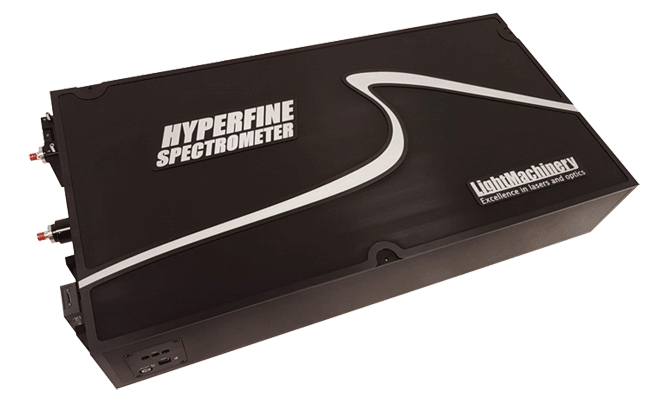 HyperFine Brillouin Spectrometer
HyperFine Brillouin Spectrometer
LightMachinery Inc.
The great challenge with Brillouin spectroscopy is that the scattered signal from the un-shifted wavelength of the laser can overwhelm the small Brillouin shifted return signal. LightMachinery has combined its leading-edge HyperFine spectrometer with a very narrow band tunable filter to suppress the bright un-shifted laser frequency.
Visit Website
Request Info
|
|
|
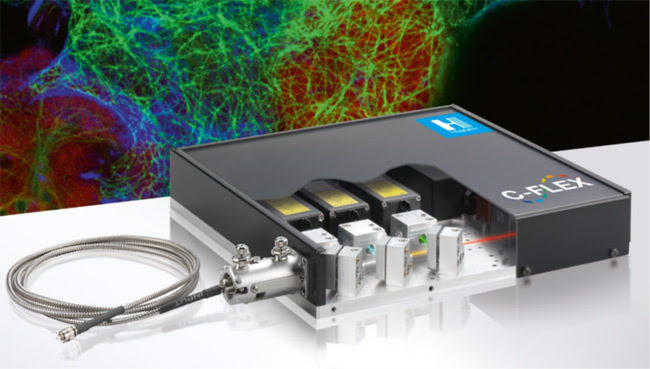 C-FLEX Laser Combiner
C-FLEX Laser Combiner
HUBNER Photonics
The C-Flex laser combiner from HÜBNER Photonics, the youngest division of HÜBNER GmbH & Ko. KG, is a compact and flexible laser combiner. The C-FLEX is available with up to 6 wavelengths from a selection of 17 wavelengths. Designed around the integration of Cobolt lasers, the C-FLEX offers full modulation capability, streamlined operation via a single computer interface and is field upgradable.
Visit Website
Request Info
|
|
|
|
|
|
 Microscopy for the Sustainable Lab
Microscopy for the Sustainable Lab
CoolLED Ltd.
Laboratories can consume up to 40% of the energy used on research-intensive university campuses, but it turns out there are many ways we can all reduce our carbon footprint at work. In the first issue of the new CoolLED interview series, Sustainable Labs Officer at the University of Bristol, Anna Lewis, explains how...
Visit Website
Request Info
|
|
|
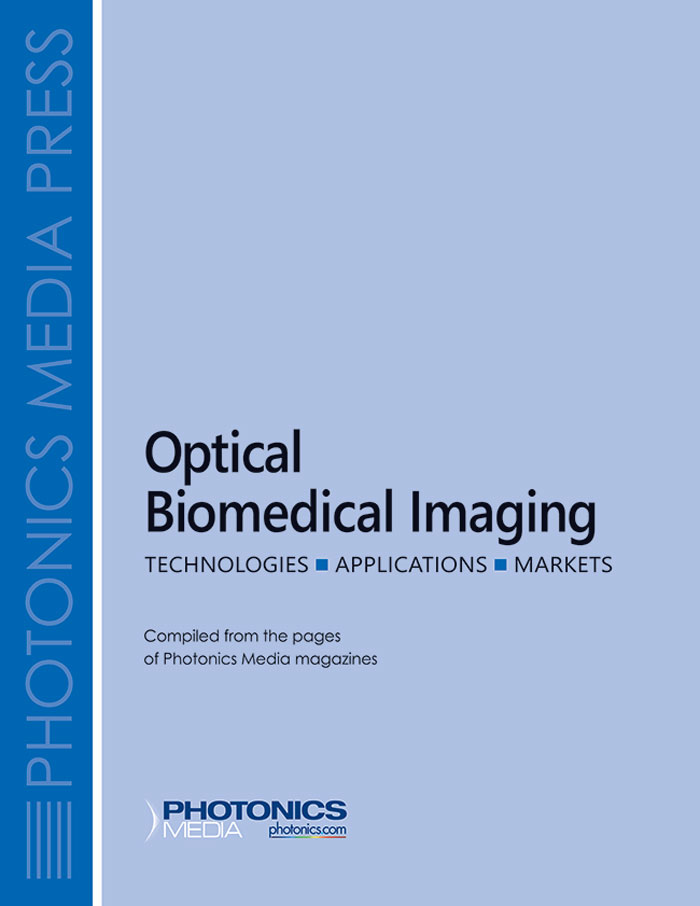 Optical Biomedical Imaging
Optical Biomedical Imaging
Photonics Media
At last, a reference work has been compiled that offers in one place a broad survey of technologies, applications and markets for optical biomedical imaging, as only Photonics Media could produce it. This collection is a practical resource for those engaged in the research and development of relevant technologies.
Visit Website
Request Info
|
|
|
|
|
|
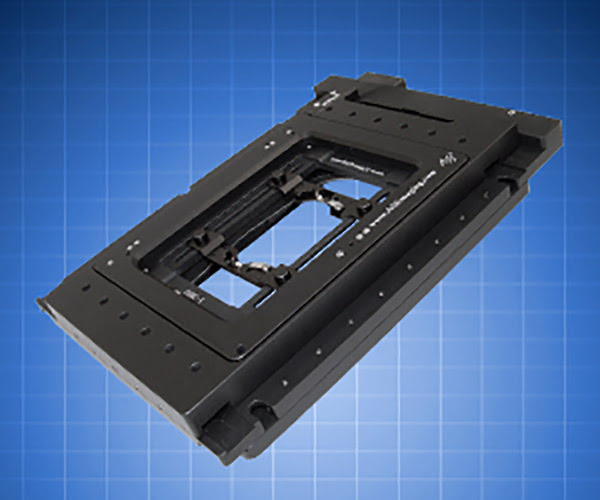 Ultra Precise Piezo-Z Focus Stage
Ultra Precise Piezo-Z Focus Stage
Applied Scientific Instrumentation Inc.
The PZ-2000FT XYZ stage has been specifically designed to provide a high resolution, and highly repeatable, means of controlling the X, Y, and Z position of the microscope stage. The XY axes derive their precise control through the use of closed-loop DC servomotors employing high resolution rotary encoders for positioning...
Visit Website
Request Info
|
|
|
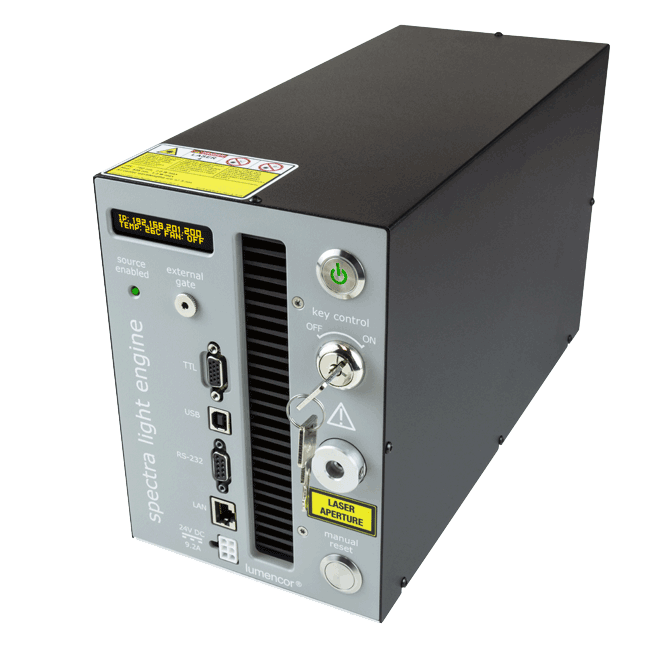 The Next Generation Comes to Light
The Next Generation Comes to Light
Lumencor Inc.
Lumencor’s new Spectra III Light Engine.
- Breadth: Eight spectrally optimized sources for DAPI, CFP, GFP, YFP, Cy3, mCherry, Cy5, Cy7 excitation
- Power: ~500mW / output, ~4W total
- Control: Exceptional power and wavelength stability
- Stability: Exceptional reproducibility
- Ideal for quantitation
- Ease of use: Small, cool, pre-aligned, Mercury-Free
- Applications: Fluorescence microscopy among others, OEM customization upon request
Visit Website
Request Info
|
|
|
|
|
|
Two-Photon Microscope Captures Brain Activity at Record Speed
A new two-photon microscope from scientists at Howard Hughes Medical Institute’s Janelia Research Campus can record footage of brain activity 15 times faster than once believed possible, the team said, revealing voltage changes and neurotransmitter release over large areas and monitoring hundreds of synapses simultaneously.
|
|
|
|
|
|
An interferometric, single-molecule localization method for superresolution fluorescence microscopy, developed by scientists at the Institute of Biophysics of the Chinese Academy of Sciences, could significantly improve localization precision compared with conventional centroid fitting methods. The new approach is called Repetitive Optical Selective Exposure (ROSE). It was developed by professors Tao Xu and Wei Ji.
|
|
|
|
Using a technique called light-activated dynamic looping, or LADL, scientists at the University of Pennsylvania are investigating the role that genome folding plays in gene expression. The team has demonstrated how LADL can be used for quickly creating specific genome folding patterns on demand, using light as a trigger.
|
|
|
|
OCT and Ophthalmology in the Age of Artificial Intelligence
Tue, Oct 8, 2019 1:00 PM - 2:00 PM EDT
Presenter Nishant Mohan, Ph.D., will provide a hands-on demonstration of how to develop a deep-learning AI system from scratch, giving attendees critical insight into how to use this powerful tool.
He will provide specific examples of the application of AI in optical coherence tomography (OCT) imaging and show how the combination of these two techniques promises to have a significant impact on our understanding and treatment of ophthalmic disorders, and how this could hold important lessons for similar applications.
|
|
|
|
Features
Biomedical Photoacoustics, Multimodal Imaging, Nano-Optic Endoscopes, and more.
Photonics Media is currently seeking technical feature articles on a variety of topics for publication in our magazine BioPhotonics. Please submit an informal 100-word abstract to Senior Editor Doug Farmer at [email protected] or use our online submission form www.photonics.com/submitfeature.aspx.
|
|
|
|